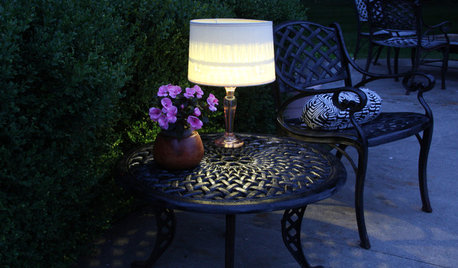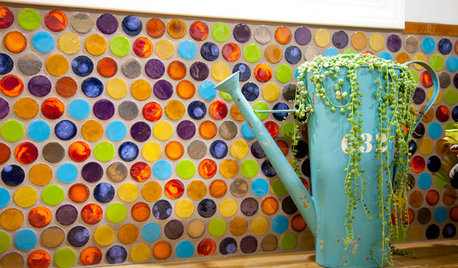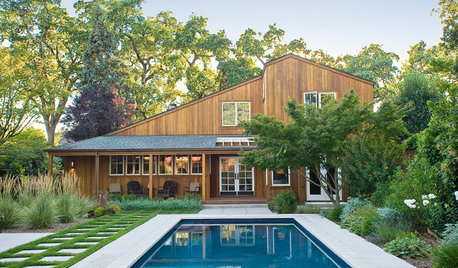Billbergia project - pls help with IDs
catkim
14 years ago
Related Stories

DIY PROJECTSDining Set Makeover: Paint and Tea-Tinted Fabric Make Old Chairs New
Reclaim dated dining chairs for far less than buying new, using spray paint, modern fabric and a handful of tea bags
Full Story
DIY PROJECTSLight Up Your Night With an Easy Outdoor Table Lamp
Hit up Goodwill and the hardware store to make this lamp for a deck or poolside patio in minutes
Full Story
KITCHEN DESIGNTrending Now: 25 Kitchen Photos Houzzers Can’t Get Enough Of
Use the kitchens that have been added to the most ideabooks in the last few months to inspire your dream project
Full Story
MOST POPULARFrom the Pros: How to Paint Kitchen Cabinets
Want a major new look for your kitchen or bathroom cabinets on a DIY budget? Don't pick up a paintbrush until you read this
Full Story
WINDOW TREATMENTSHow to Choose the Right Window Shades
Should you roll with rollers or do as the Romans do? This mini guide to choosing window shades can help
Full Story
TILE5 Head-Turning Tile Styles for Backsplashes and More
If plain subway tile would derail your bold decorating vision, these dashing tiles can help you arrive at a brilliant solution
Full Story
BATHROOM DESIGN14 Bathroom Design Ideas Expected to Be Big in 2015
Award-winning designers reveal the bathroom features they believe will emerge or stay strong in the years ahead
Full Story
KITCHEN DESIGNHow to Work With a Kitchen Designer
If you're ready to make your dream kitchen a reality, hiring a pro can ease the process. Here are the keys to a successful partnership
Full Story
MATERIALSInsulation Basics: What to Know About Spray Foam
Learn what exactly spray foam is, the pros and cons of using it and why you shouldn’t mess around with installation
Full Story
CONTEMPORARY HOMESHouzz Tour: A Wine Country Home, Reinvented Once Again
Ten years after its first renovation, a 4-bedroom Northern California house gets another redo — this time with timelessness in mind
Full StoryMore Discussions






avane_gw
LisaCLV
Related Professionals
New Bedford Landscape Architects & Landscape Designers · Birmingham Landscape Architects & Landscape Designers · Havre de Grace Landscape Architects & Landscape Designers · Medford Landscape Contractors · Bound Brook Landscape Contractors · Clayton Landscape Contractors · Gresham Landscape Contractors · Indio Landscape Contractors · Point Pleasant Landscape Contractors · Rio Linda Landscape Contractors · South Portland Landscape Contractors · Annapolis Fence Contractors · Kirkland Fence Contractors · Tacoma Fence Contractors · Downers Grove Siding & ExteriorscatkimOriginal Author
splinter1804
User
sdandy
catkimOriginal Author
LisaCLV
User
catkimOriginal Author
sdandy